The fashion industry has often been criticised for its unsustainable practices, from excessive water usage to unethical labour conditions. Today, a growing number of brands in the children's clothing sector are embracing sustainability as a core value – but what does it actually imply?
To answer that question, we explore the key sustainability pillars that are helping transform the children's fashion industry into a more eco-conscious and ethical one.
I Fabrics
II Ethical Manufacturing
III Packaging
I Fabrics
Traditionally, the industry relied heavily on resource-intensive materials, and it is hard to walk away from. Still, the up and coming brands are leading the way using sustainable alternatives which not only reduce the environmental footprint but are also safer for children's sensitive skin. So what are those alternatives, if we keep in mind different kinds of needs for the children outfit – durable and yet soft, for different occasions, when the sun is shining and when it is snowing.
There is a general awareness around certain fabrics and their negative environmental impact - virgin polyester, nylon or acrylic, so we will focus on the less obvious culprits.
NOT NECESSARILY SUSTAINABLE:
Cotton (conventional) - contrary to popular opinions, traditional cotton is the world’s most polluting fabric. Although it comes from natural sources, it requires up to 2,700 litres of water to produce just one single cotton t-shirt. In addition, it requires a lot of pesticides, herbicides, and chemical fertilizers to grow that pollutes waterways and are dangerous to farmers and communities, thus creating toxic water near them;
Bamboo (conventional) - while bamboo has the potential to be a highly sustainable resource, it's essential to distinguish between conventional and sustainable bamboo products. Conventional bamboo farming and processing methods often fall short of true sustainability, with issues like monoculture farming, chemical use, unsustainable harvesting, and energy-intensive processing. To make truly sustainable choices, it is important to seek out certified bamboo products with transparent supply chains and support businesses that prioritise environmental responsibility.
GENUINELY SUSTAINABLE:
Organic cotton - it is grown from non-GMO seeds without the use of chemicals, pesticides, or synthetic fertilisers, using more than 60% less energy and 90% less water than traditional cotton. Equally importantly, without being expose to harmful chemicals, the farmers get to have ethical work conditions. OEXO-TEX 100 and/or GOTS certified.
Merino Organic Wool from Responsible Wool Standard (RWS) certified sources is considered to be one of the most sustainable yarns for several reasons: it promotes animal welfare, environmentally responsible farming practices, transparency, social responsibility, and reduced chemical usage. Its global recognition and increasing consumer demand contribute to its sustainability by encouraging more producers to adopt these ethical and sustainable standards
Tencel Lyocell - sustainable – semi- synthetic , breathable and lightweight produced from the wood pulp of eucalyptus trees without releasing microplastics. Tencel is one of the most sustainable fibers because it's harvested from certified wood sources and is fully compostable and biodegradable.
II Ethical Manufacturing
Ethical manufacturing practices are crucial for sustainable children's fashion. Brands that prioritise ethical production ensure fair wages, safe working conditions, and humane treatment for workers involved in every step of the supply chain. Ethical manufacturing also extends to reducing waste and promoting responsible consumption by creating quality, durable clothing that lasts longer.
One way to know if a brand is truly sustainable is by searching for their ethical fashion certifications:
Fairtrade: The Fairtrade certification advocates for the protection of the rights of farming and worker communities all around the world. The product with the Fairtrade Mark supports the rights and the livelihood of the workers, and is meeting social, economic, and environmental standards agreed upon internationally.
Certified B Corporation means the business has been recognised as a corporation that is playing its part in driving positive change towards a more sustainable economy. Certified B Corps balance profit and purpose, are completely transparent, and meet the highest standards of social and environmental performance.
Global Organic Textile Standard (GOTS) is the leading textile processing standard for organic fibers. The aim of this standard is to define worldwide, recognized requirements that ensure organic status of textiles – from harvesting of the raw materials, through environmentally and socially responsible manufacturing, and up to labeling in order to provide a credible assurance to the customer.
III Packaging
The sustainability journey doesn't end with the clothing itself. Brands committed to environmental stewardship pay attention to their packaging and shipping practices. Using recyclable, compostable, or minimal packaging materials and opting for carbon-neutral shipping methods are steps in the right direction.
Biodegradable packaging is made from materials that micro-organisms like bacteria can decompose. This ability to decompose rapidly contributes to a healthier environment, helping control waste build-up in landfills. While many types of biodegradable packaging materials are naturally-derived, such as cellulose and starch, synthetic materials can also be biodegradable. Why we love biodegradable packaging?
Free of Toxic Materials: The most significant benefit of using biodegradable packaging is that it’s good for the environment. Free of toxic materials and chemicals like phthalates or petroleum, biodegradable packaging is a great alternative to plastics that would otherwise release harmful chemicals into the atmosphere and end up in landfills for years to come.
Cost Savings:Biodegradable packaging can also lower production and packaging costs. Biodegradable materials like bioplastics can have weight savings of over 78% compared to alternative materials. This can reduce water usage, solid waste, electricity and emissions of the packaging process. Most of these materials are reusable and can be recycled, meaning brands can use fewer resources and cut inventory costs.
Easier Disposal:Biodegradable packaging simplifies disposal as it doesn’t require as many resources to break down.
Reduced Footprint:Over 70% of consumers aged 15 to 20 want to buy from companies committed to sustainability. Implementing biodegradable packaging is one way for businesses to reduce their environmental impact and improve their carbon footprint. Biodegradable packaging is an excellent way for companies to meet high environmental compliance standards while attracting new customers who want to be more sustainable in their shopping practices.
Here are our favourite biodegradable packaging to help improve the brand footprint.
Kraft paper: Kraft paper has become a popular choice for many brands focusing on sustainability due to its elasticity, durability and resistance to grease and oil. The material is organic, manufactured from virgin wood pulp and made of long maritime pine fibers. Kraft paper will break down into cellulose fibres after several weeks.
Corn Starch: Unwanted waste can be regenerated into a useful material that can package and protect goods. Bioplastics do not ause any pollution if disposed of correctly, as their composition is made up of completely edible biomasses which contain zero toxins. Corn-based packaging material can be made into fiber or film and the raw material is sustainable, cheap and easy to produce. Plastic packaging and containers made from renewable resources that can be reused as fertilizer is something all brands should be implementing.
Organic Fabrics: Organic fabrics such as plant-based, naturally-grown cotton are biodegradable materials that can be easily composted without leaving any harmful toxins behind. Other materials include hemp, tapioca and palm leaves, which take around 100 days to decompose.
Cardboard: Carton board is flexible, easily flat packed and has a smooth side for printing designs and finishes. Embossing can make a topographical difference to accentuate a part of the package. Corrugated Cardboard is made by pressing a piece of carton board in hot corrugators to create the s curves. The pressed sheet is sandwiched between two carton board pieces to create a lightweight and durable material.
If you liked this article or you would like to know more about sustainable practices in children fashion, make sure you subscribe for more of the valuable content coming up.
Love always,
Olia

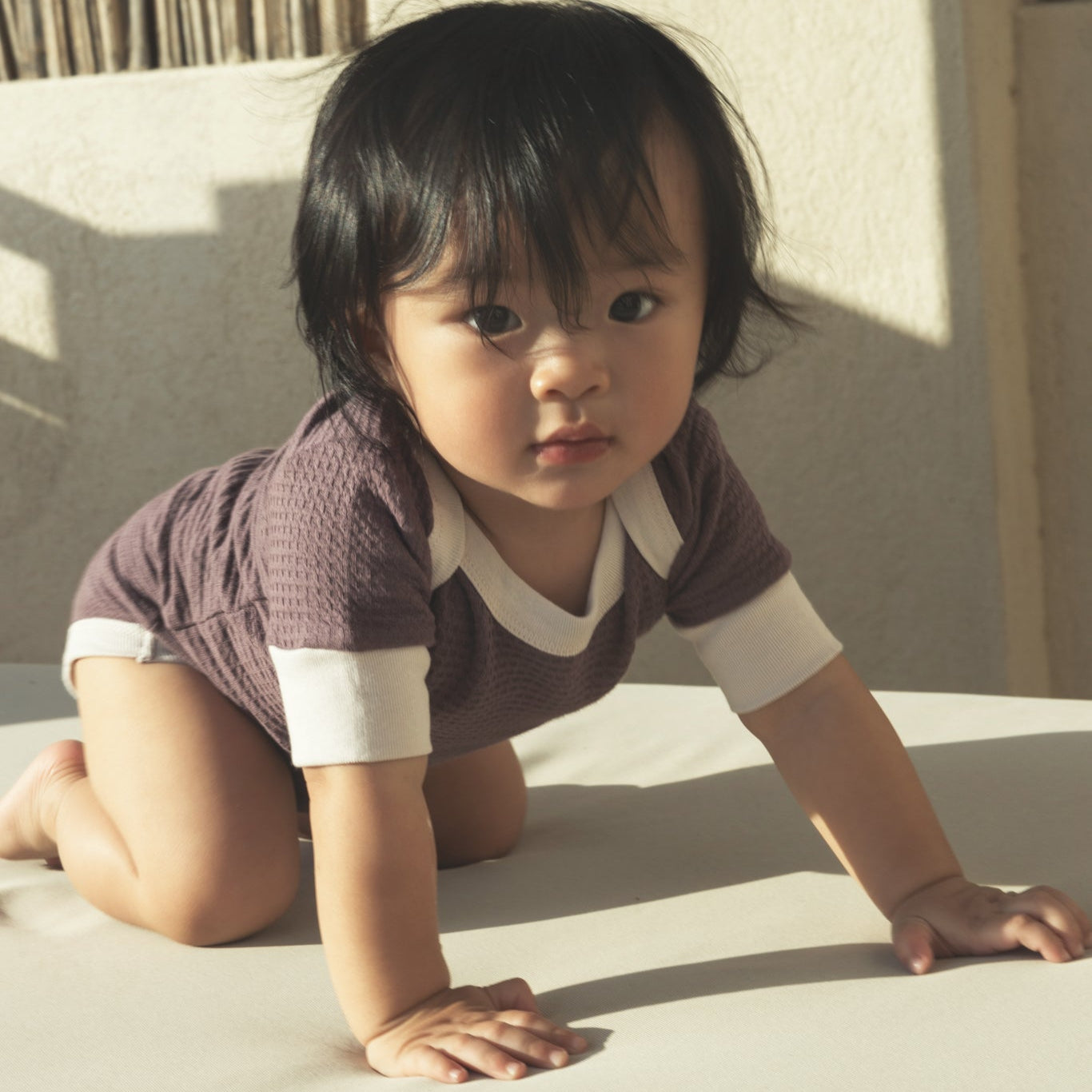

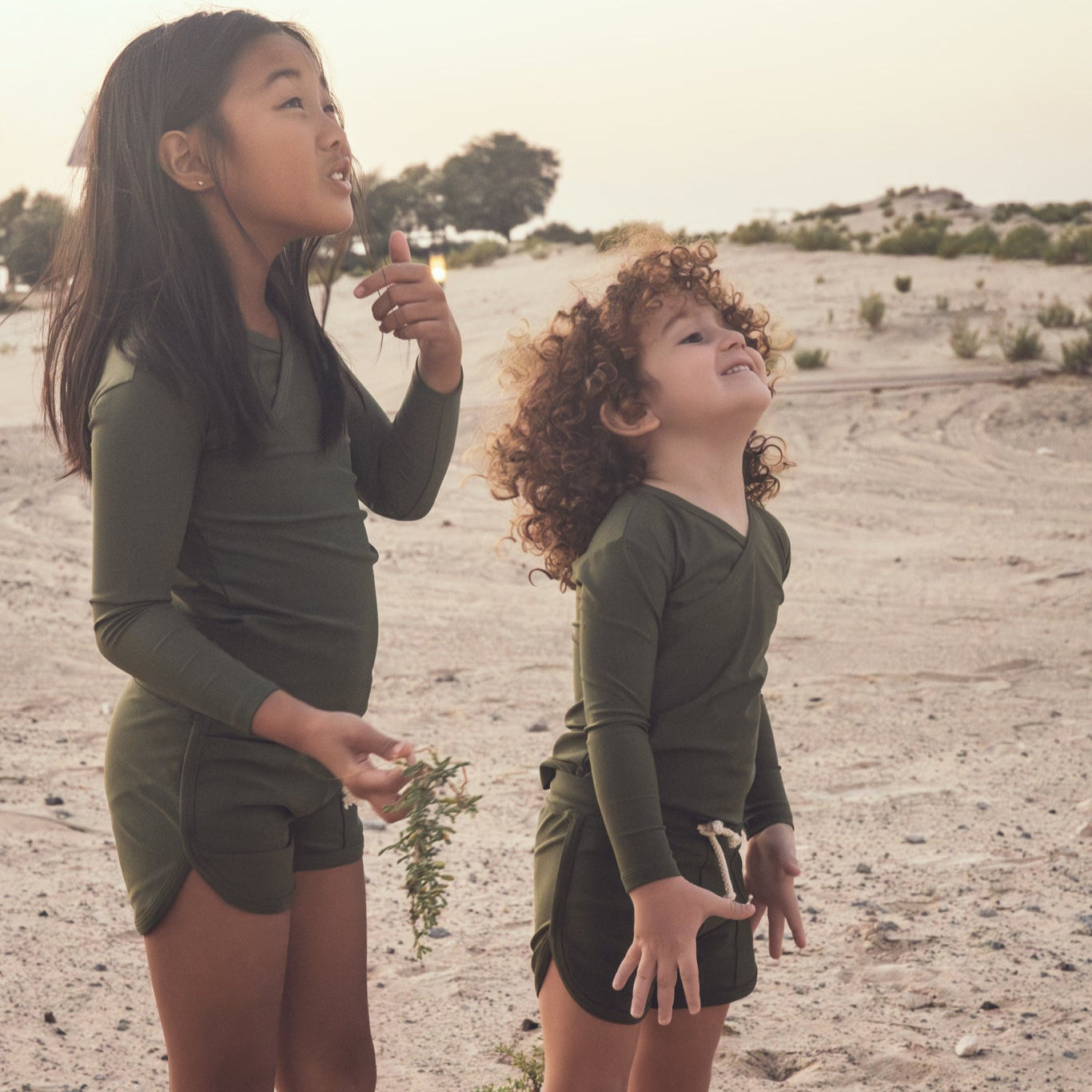
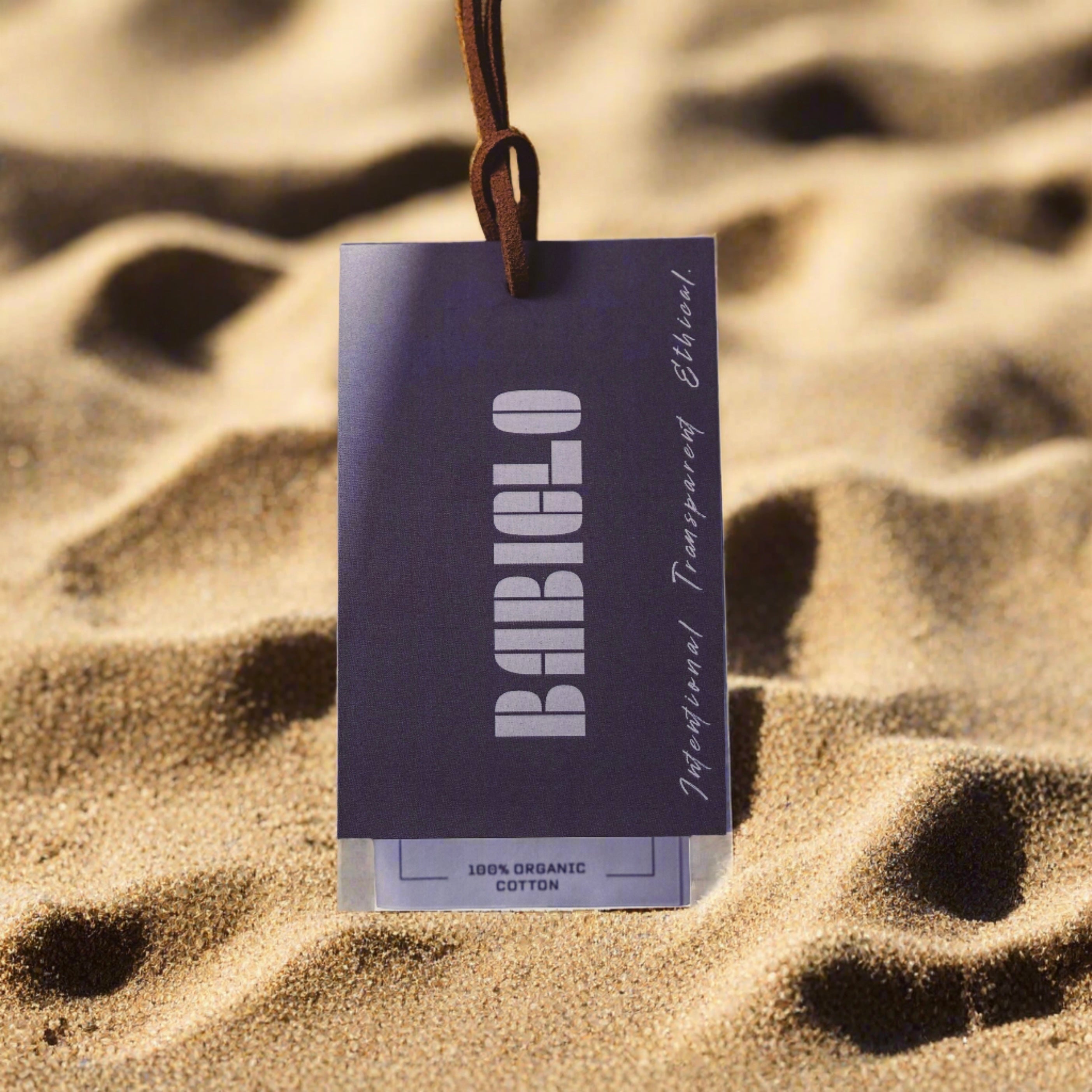
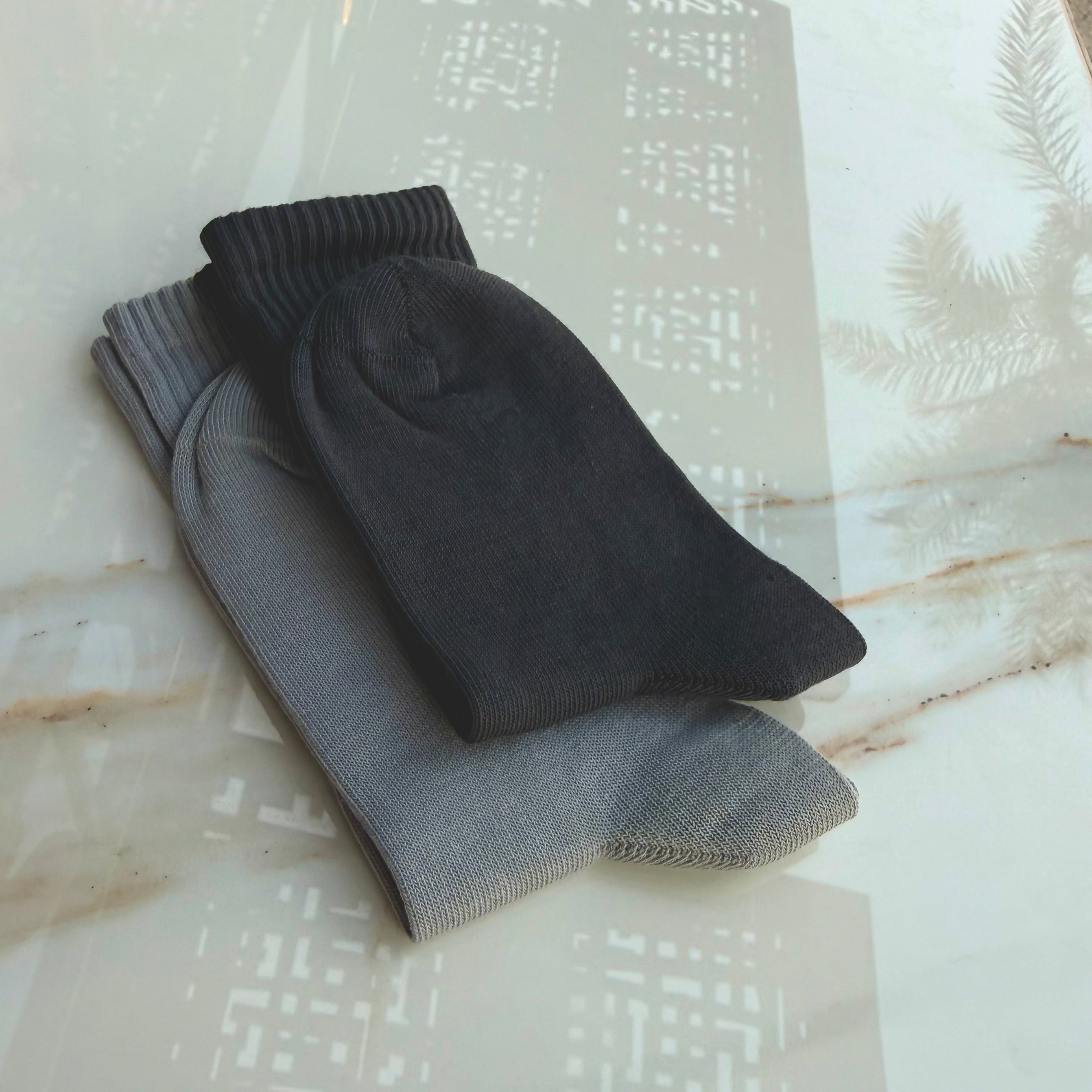
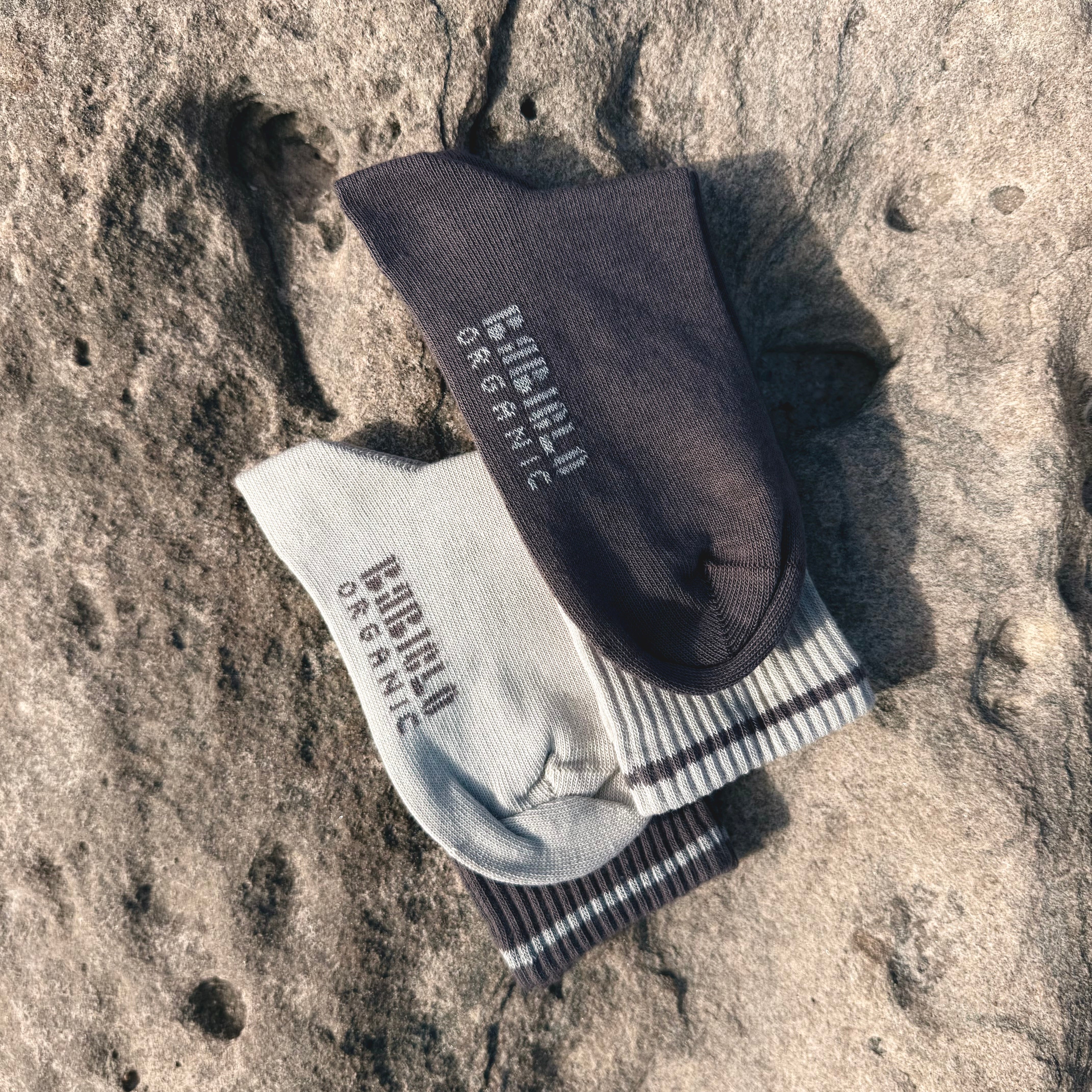
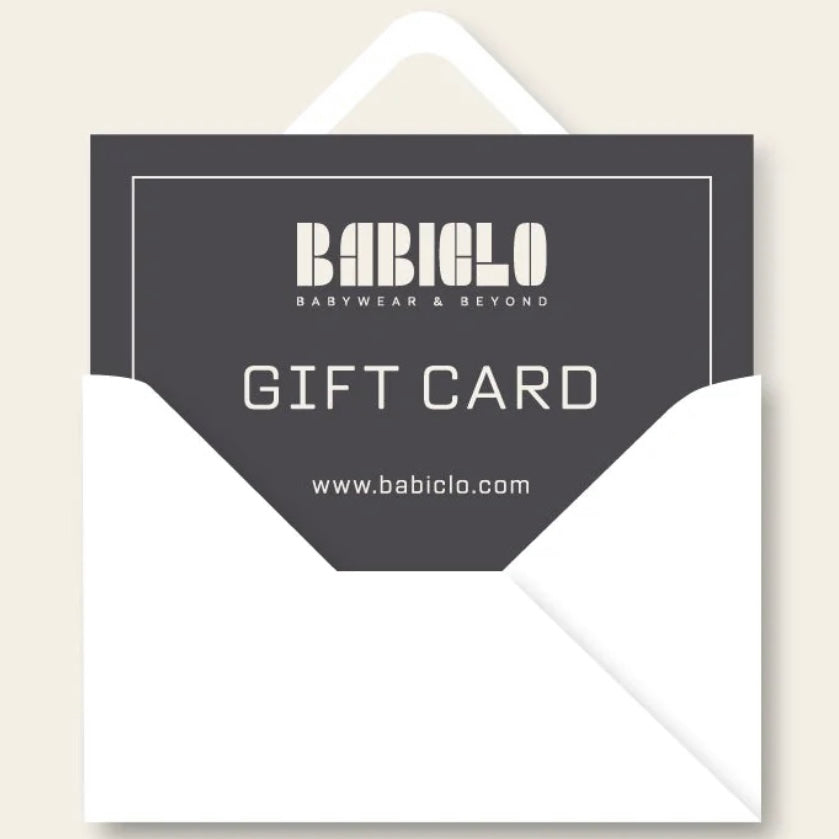
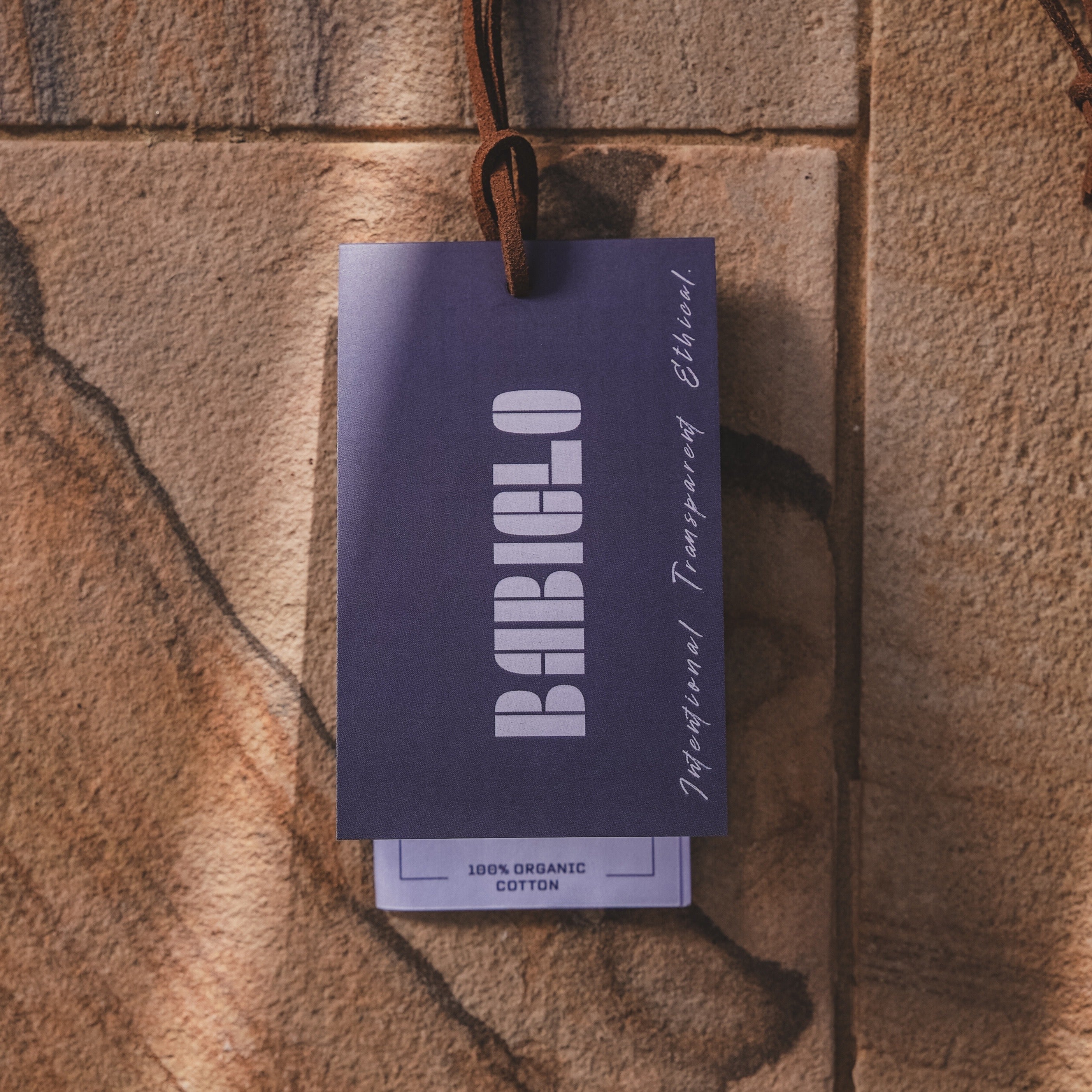
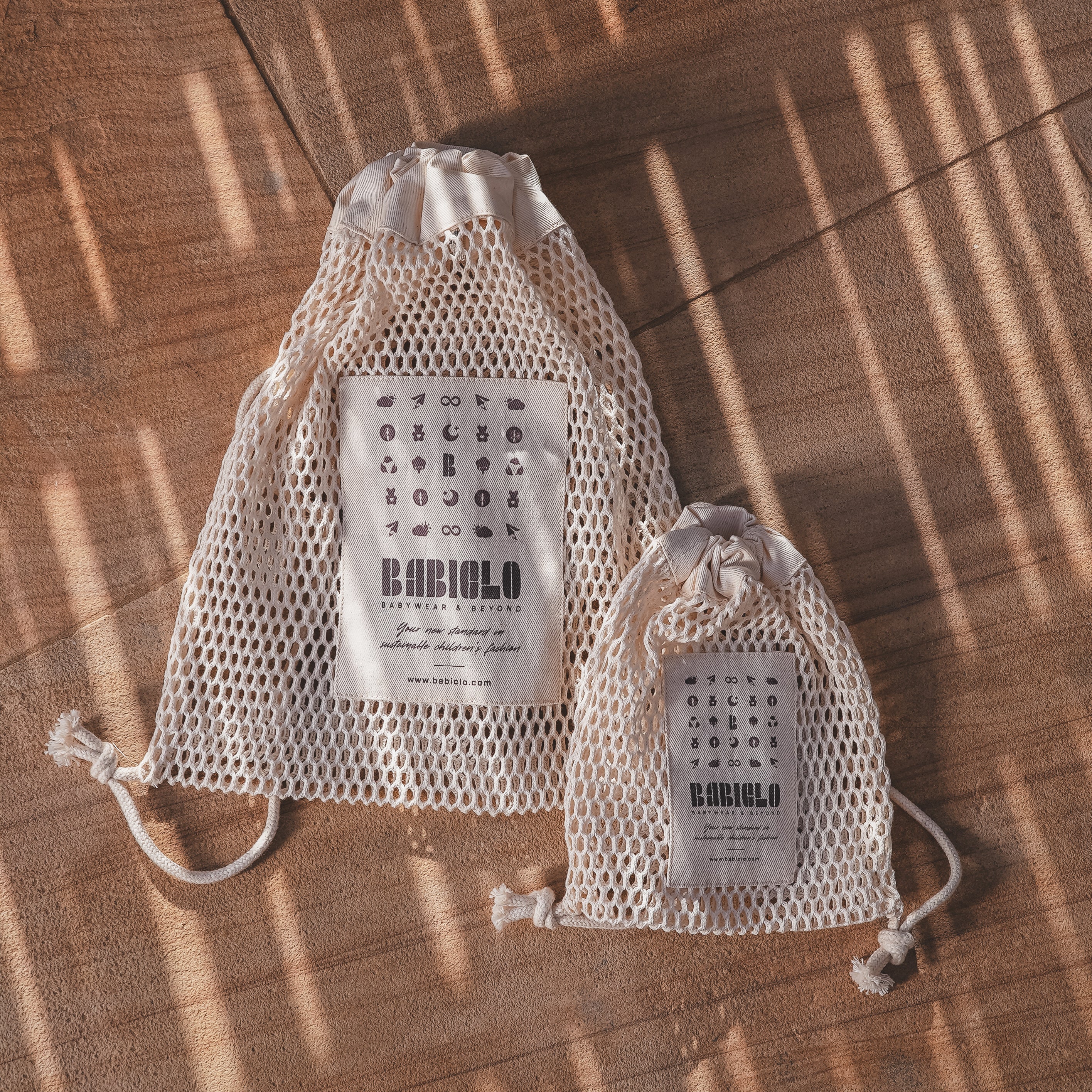

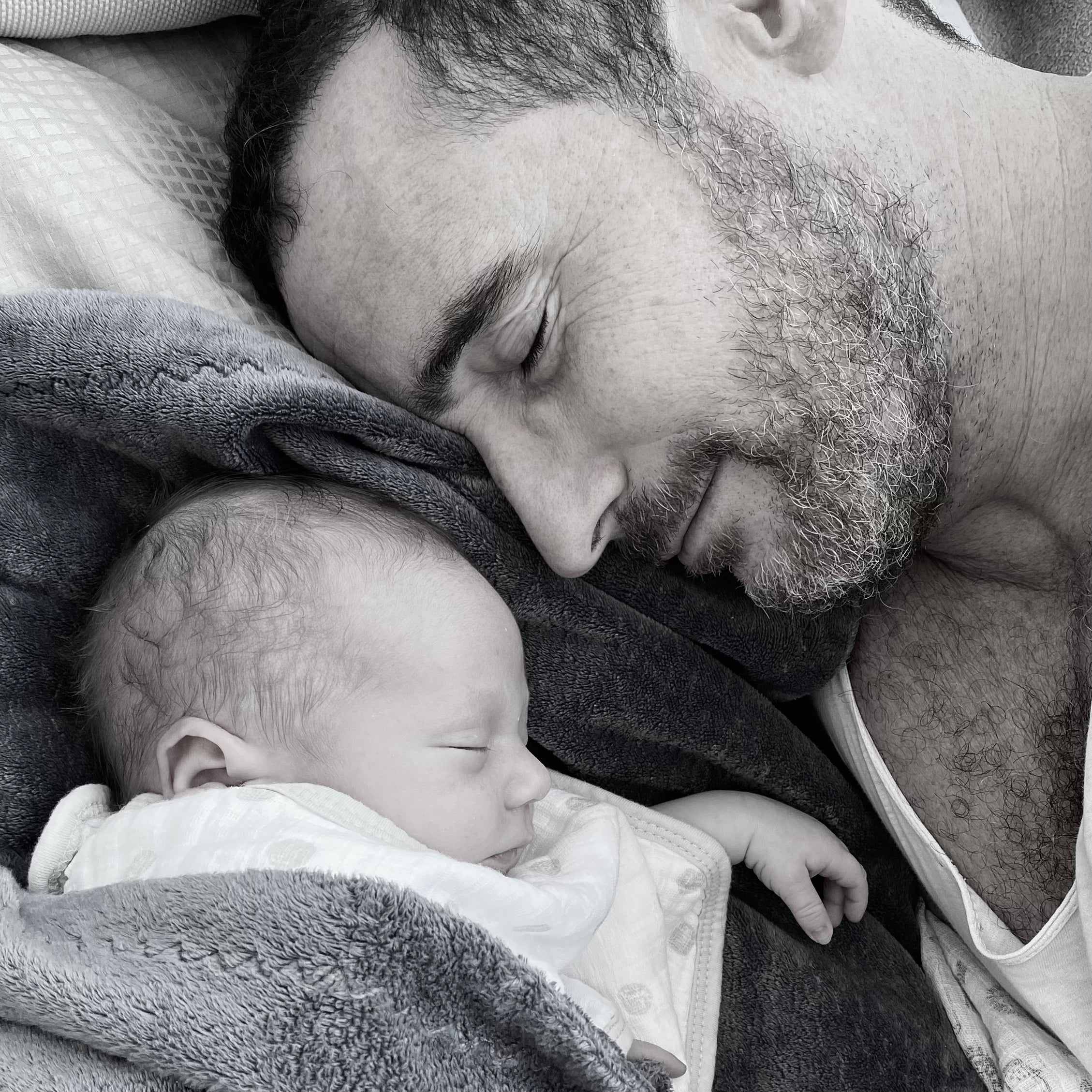


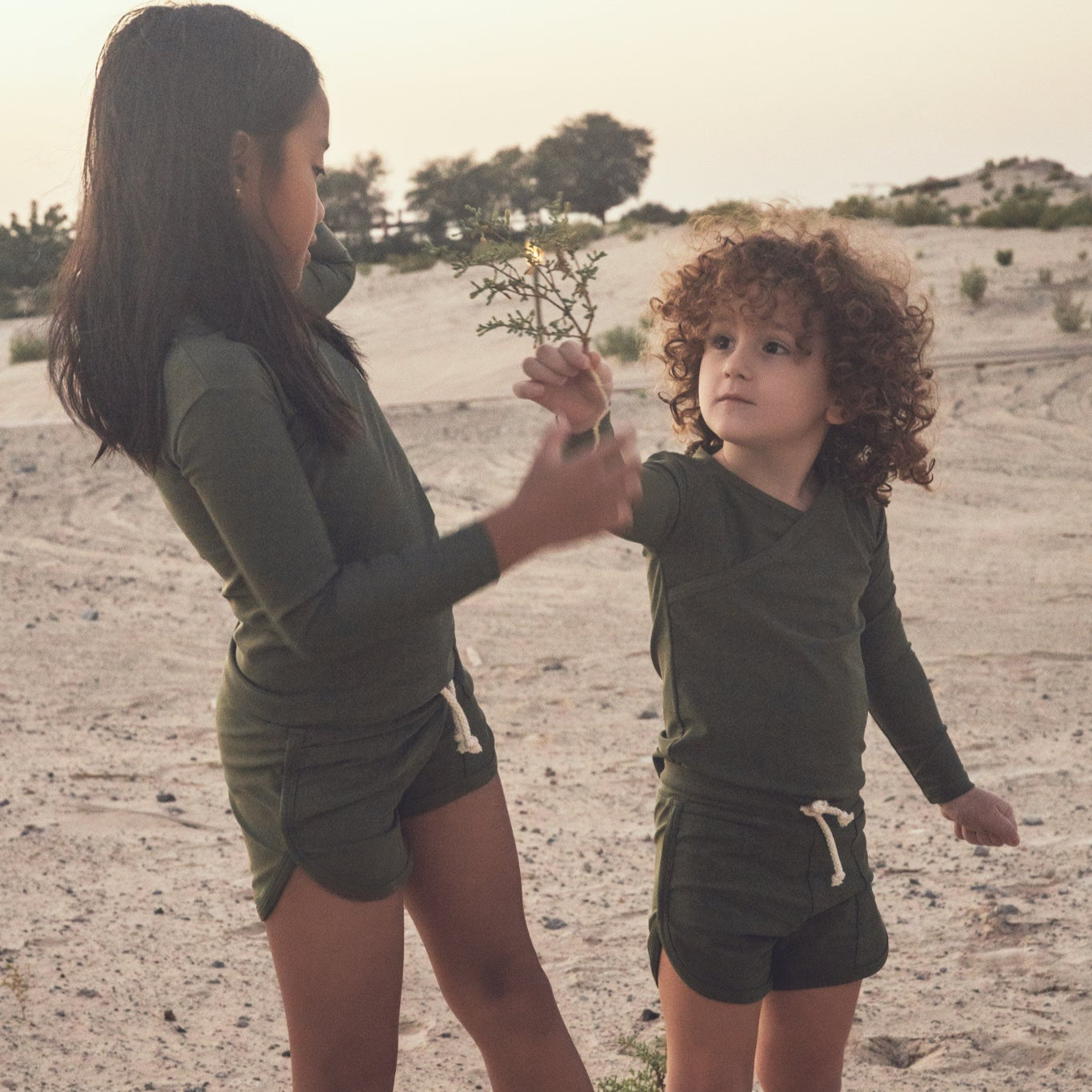


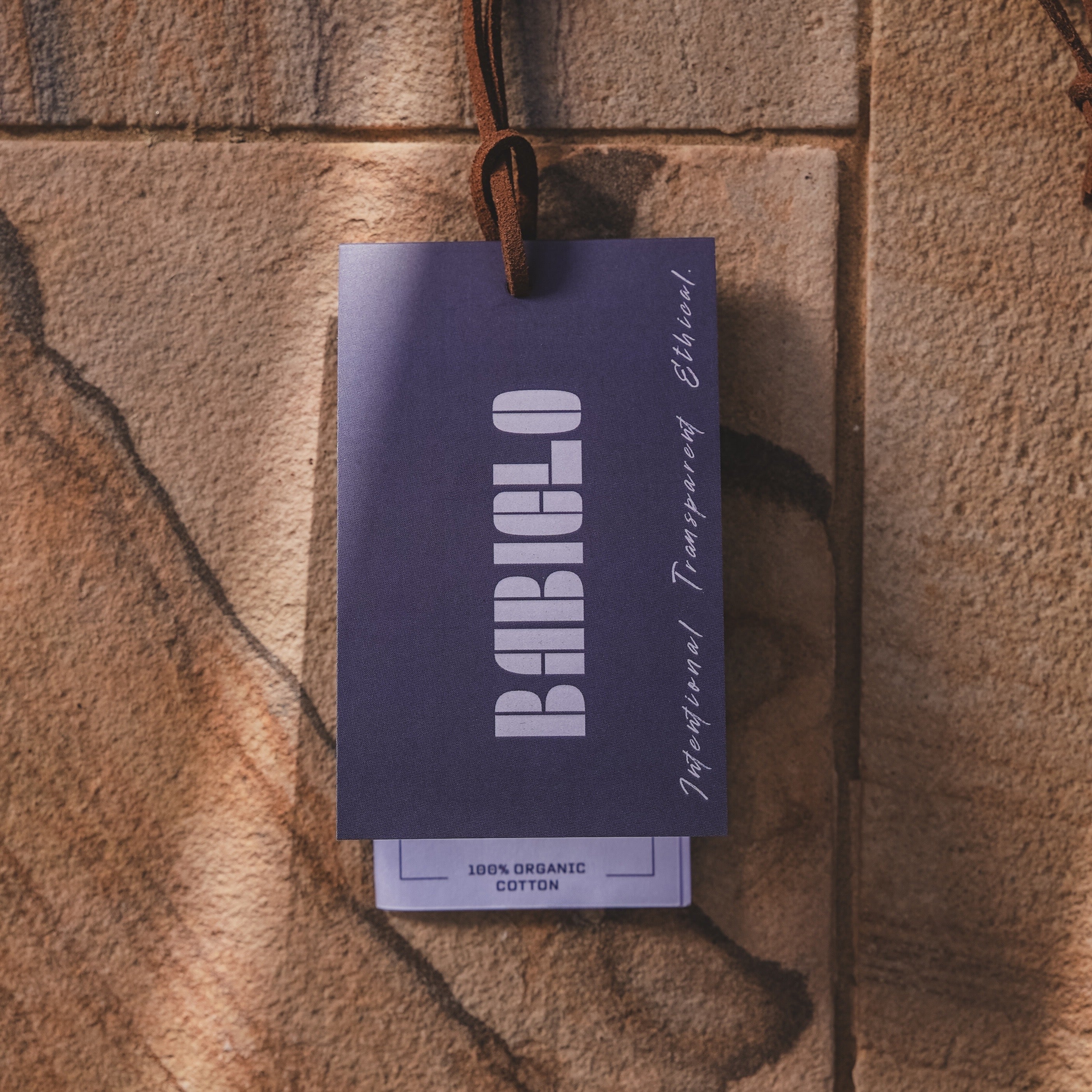
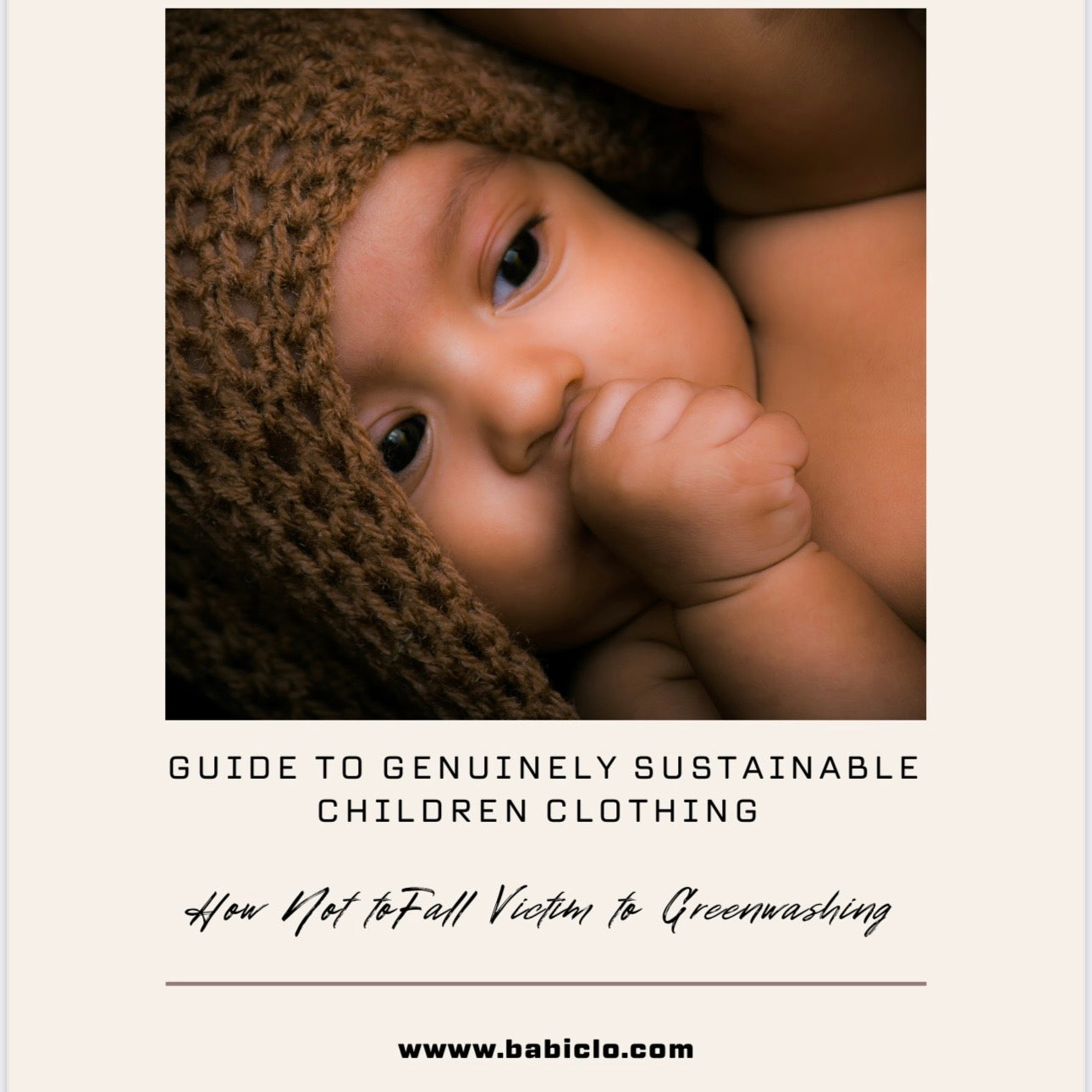


Leave a comment